Australia.My.Life.in. Australia.html
Australia.My.Life.in. Australia.html

The National Anthem of Australia, the Land Down Under
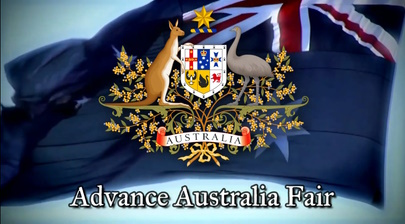
Australia, a Memory from Early Childhood
Land of Kangaroos, Koala bears, and a land of Brave Men when Duty, Honor and Country call.
Bravery of the Aussies when War was Unavoidable. Never to Forget!
The words sung to the music of Australia's National Song
I remember when I was a little over age near 8 and we children of the camp were taken to see the Crown Jewels of the new Queen, her Royal Magesty, Elizabeth II. I am not sure whether I was living in Adelaide or Melbourne when she visited Australia. I was then age 8 + 4mo. Her coronation was June of 1953. In July of 1954 I came to America. What a gracious and lovely lady she was, the Queen of Great Britain and the Commonwealth which included Australia.
Do visit the coronation of the Queen and "God Save The Queen" without commentary. https://www.youtube.com/watch?v=jn94s0eyRLo&list=RDjn94s0eyRLo&start_radio=1 and read WHD Studio's comments in the "Show me".
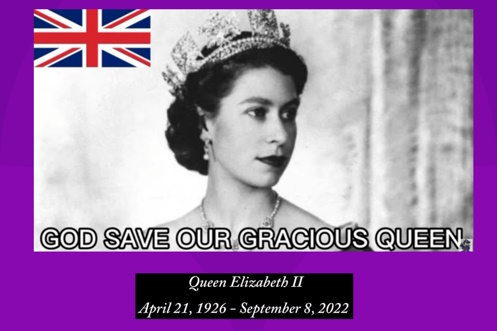
The Queen's March of the Royalty
Note: Photo arrangement created via www.photojoiner.net, free
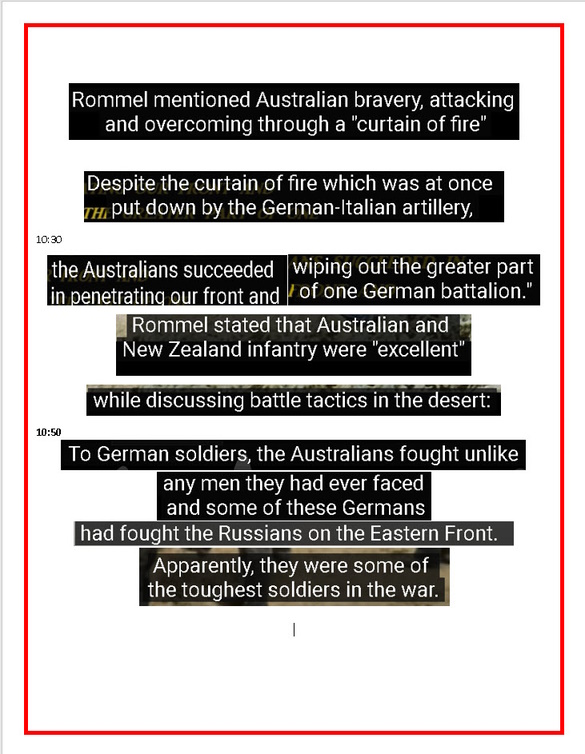

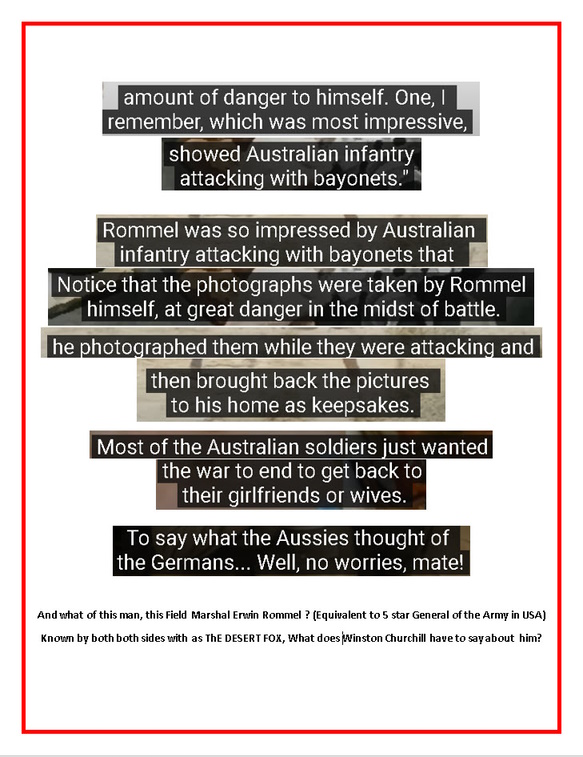
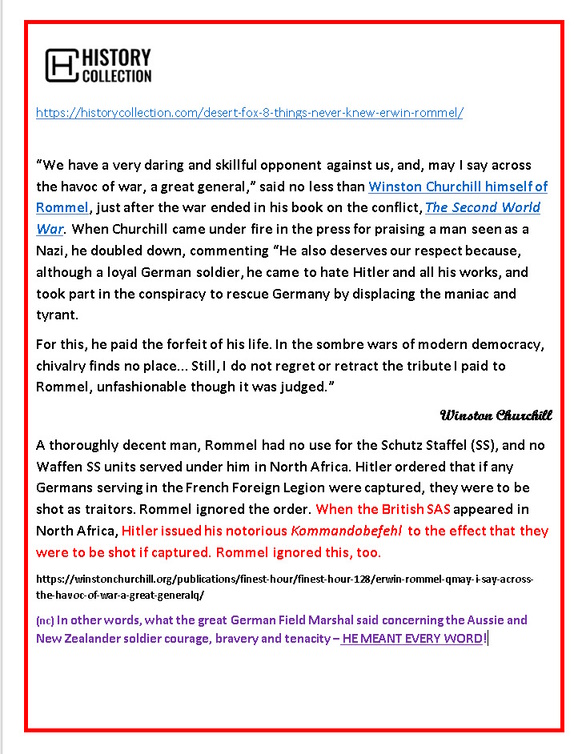



Note on above pics. I am working of using FLOATS to arrange the three pics into a single row with adequate spacing and then also now have the text try to wrap around the sides of the pics. In ny notes and books I have come across this problem. But for most of us we do not hold memory for very long unless we REFRESH the memory. It is the same with the dynamic memory of these modern computers. The memory uses mosfet devices which need to be refeshed with a voltage to be recharged if the memory is to be retained. This is accomplished with the help of a clock circuit, a timer, somewhat analogous to the heart of a person - you know - the heart that keeps on ticking. In the past, many decades ago, these "personal computers" used STATIC memory which meant that they did not have to be recharged. They "held" their memory. Basically, the memory circuit was composed of your good old transistors. Usually PNP type.
My Plan-B is to get good enough in programing websites for customers such as churches, small businesses, etc., to supplement my retirement income. I don't have a 401k but if I did I would have now lost approximately 20% of income due to the destruction of the value (spending power) of the dollar. The issue is NOT going to go away. Prices of such metals as copper and lithium, etc., are going to soar and soar and soar. And there is nothing you can do about it - in terms of reversing the inevitable. Food of all types is also going to do likewise. And if the U.S.A. engages in military action against China - then all bets are off. An excellent source of knowledge for you on this matter and many others that will be critical to your survival is https://peakprosperity.com
This site is managed by Dr. Chris Martenson, PhD (Pathology & Toxicology). Pathology is the study of diseases and and, in the case of determining the root cause of a death - a medical examiner. Such as Dr. G. Or the fictional character, Dr. Quincy, Medical Examiner. Dr. Martenson also holds business related degrees from such well known universities as Yale.
Becasue of the late hour I will go for now. But I am going to share with you what I know and how I come upon this information. Mainly in this endeavor [to attempt to achieve a goal] I am focused mostly on the "seniors" old people such as myself. It is a myth that old people cannot learn technical material, often quite techncial in fact. You can do it, you can begin again to nuture you mind [care for and enncourage growth and development] because the necessary tools are out there - on the internet and they are mostly free. You will have to learn the necessary methodology, the tools and techniques, so that you can harness, utilize and exploit the tools that are freely available for all, regardless of age, race, national origin, etc., etc., etc. In closing, it is said that Abraham Lincoln said "You cannot fail unless you quit."
- more later -
(2023-feb-12 Rev 1, Added above. More Later.
Briefly bring in their great contribution to the war effort - first in Papua New Guinea where it was essential to stop the Japanese advance toward Australia; the great suffering of the Aussies in their climb to the mountain top; tropical fever, and much more.
https://www.nationalww2museum.org/war/articles/people-of-papua-new-guinea
The New Guinea campaign was one of the hardest-fought of World War II. American and Australian forces relied on native New Guineans to achieve victory
The worst suffering, though, was endured by the indigenous peoples of New Guinea, from what is now the independent country of Papua New Guinea in the east, to West Papua, now part of Indonesia. The population during World War II was about 1.5 million people, descended from the island's first human inhabitants from tens of thousands of years ago, and divided up into numerous tribes. These people possessed rich cultures, and under the pressures of war they would display remarkable courage as well as kindness and compassion. To the invaders from Japan, and the occupiers from Australia and the United States, however, New Guineans appeared as colonial subjects at best, and as slaves at worst.
The Japanese frequently treated New Guineans with extreme brutality, just as they did other indigenous peoples across Asia. Food was always scarce, and Japanese forces arriving in native villages often simply requisitioned all the food they wanted, murdering some villagers and leaving the rest to starve. US Marine Robert Leckie, in his memoir Helmet for My Pillow, described encountering an entire village of native people, men, women, and children, who had fled the Japanese: "Some were hobbling on rude crutches made from sugar cane, some—the ancients—were borne aloft on litters, some were supported by the more stalwart among them; all had been reduced by starvation to mere human sticks." Many of their men were missing, having been forced by the Japanese into slave labor. In other villages, Japanese occupation was not much worse than it had been under the Australians. Even so, in the ensuing campaigns, more Japanese soldiers would die of starvation than from any other cause.
This website contains war-related material, including images which some people may find confronting and disturbing. View our disclaimer for more information
https://www.awm.gov.au/articles/blog/remembering-war-new-guinea
Seventy years ago, in September 1943, Australian and American forces launched a major offensive against the Japanese occupying New Guinea. Tens of thousands of Allied troops participated in a series of operations that recovered great areas of occupied New Guinea and provided the springboard for General Douglas MacArthur's successful later advance into the Netherlands East Indies and the Philippines.
Five Australian divisions (from both the Australian Imperial Force and the Militia) were employed in New Guinea, as were a great part of the Royal Air Australian Force and most of the Royal Australian Navy. Today this contribution has been largely overshadowed, like most other aspects of Australian history, by the dominance of Gallipoli and Kokoda.
Beyond the scale of operations, however, the New Guinea offensive is also significant as it produced the war's closest and most successful cooperation between Australian diggers and American GIs. Now that defence planers in Australia and the United States are once again focusing on the Pacific, this anniversary is a timely reminder of when Australian and American soldiers served, fought and died together in our region, fighting to liberate what was then Australian territory.
For much of 1943, the ground war in New Guinea was fought in the rugged terrain around Wau and Salamaua. It was a slow, grinding campaign that acted as a magnet, drawing in Japanese troops from nearby Lae. Lae had been an administrative centre for Australia's Mandated Territory of New Guinea and subsequently became a major Japanese base after its capture in March 1942. The Salamaua magnet worked exceedingly well, substantially weakening the Japanese garrison.
---
---
---
Australian and American soldiers rarely served together in the front line. Buna in late 1942 is a notable exception. Another, and less known, instance took place on Mount Tambu in the mountains above Salamaua in mid-1943. This closeness is most powerfully illustrated by the actions of the stretcher-bearer Corporal Leslie Allen.
Allen was almost the stereotype of a bronzed ANZAC. Born in Ballarat East, his early years were difficult. After he was abandoned by his parents at the age of 12, he began working as a farm labourer. By the time he enlisted in the army in 1940, the 23-year-old was a tall and powerfully built man who earned the nickname "Bull" for charging through the opposition on the football field. Personally brave, Allen struggled with authority.
In 1943, Allen was awarded a Military Medal for recovering Australian wounded under fire near Wau in February. Five months later, on 30 July, he again repeatedly risked his own life when rescuing at least 12 wounded American soldiers during fighting on Mount Tambu.
-
-
So traumatised was this veteran of the Libyan, Syrian and Salamaua campaigns, that Allen retreated to an uncle's farm and lost the power of speech for a time. In early 1945, he was awarded the United States Silver Star Medal for his services to the Allied cause. Among the many people who expressed their congratulations was Eleanor Roosevelt, wife of President Franklin D. Roosevelt. In 1949, Allen married Jean Floyd, who had been a nurse during the war. The couple had three sons and named their only daughter Eleanor, after the First Lady.
---
---
---
I think America and its young people do not realize how much Australia's Aussie soldiers contributed to the freedoms they enjoy today.
Then there was North Africa. Then there was Rommel, the Desert Fox. Then there was victory over the tyrants.
---
---
Bravery of the Aussies when War was Unavoidable. Never to Forget!
- to continue -